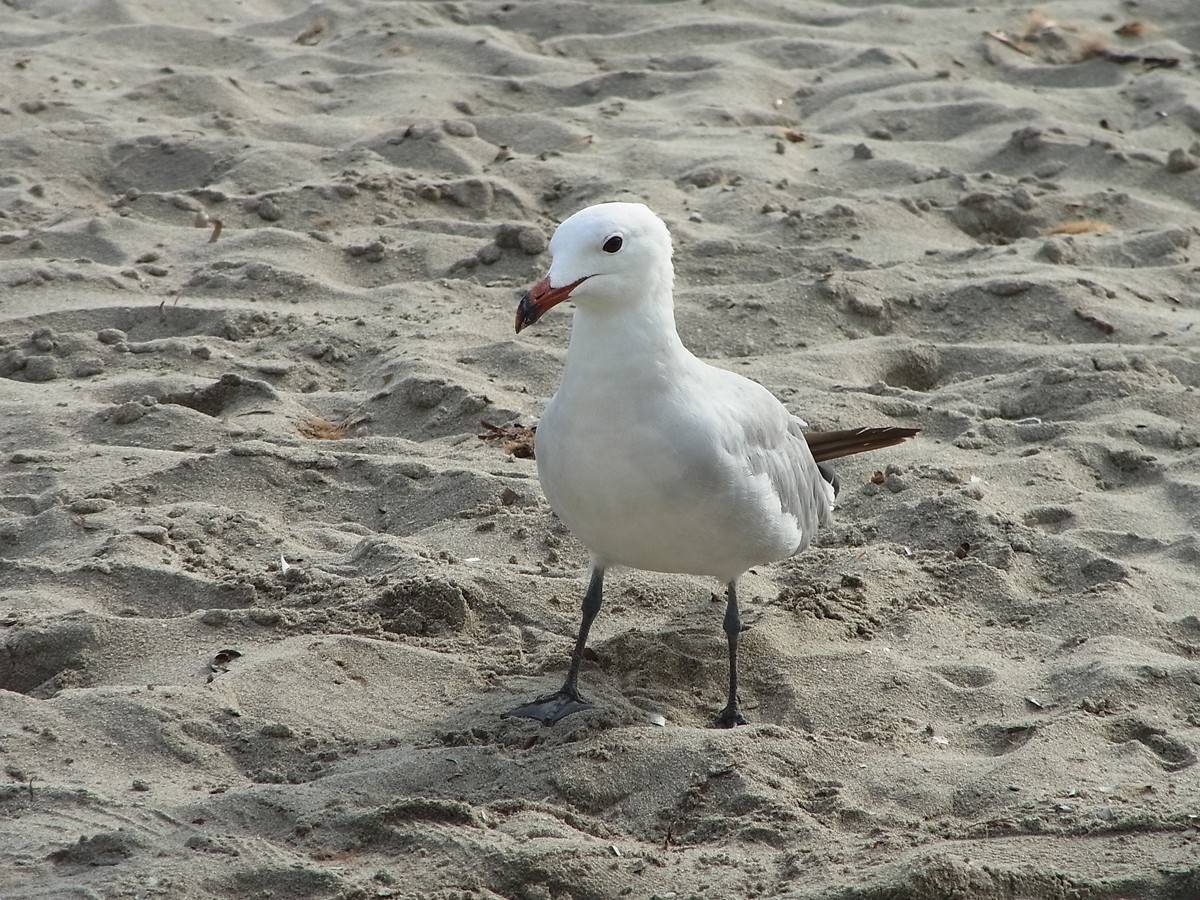Audouin's Gull
A species of Large black-headed gulls Scientific name : Ichthyaetus audouinii Genus : Large black-headed gulls
Audouin's Gull, A species of Large black-headed gulls
Botanical name: Ichthyaetus audouinii
Genus: Large black-headed gulls
Content
Description General Info
 Photo By Donkey shot , used under CC-BY-SA-3.0 /Cropped and compressed from original
Photo By Donkey shot , used under CC-BY-SA-3.0 /Cropped and compressed from original Description
Audouin's gull (Ichthyaetus audouinii) is a large gull restricted to the Mediterranean and the western coast of Saharan Africa and the Iberian peninsula. The genus name is from Ancient Greek ikhthus, "fish", and aetos, "eagle", and the specific audouinii and the English name are after the French naturalist Jean Victoire Audouin. It breeds on small islands colonially or alone, laying 2–3 eggs on a ground nest. As is the case with many gulls, it has traditionally been placed in the genus Larus. In the late 1960s, this was one of the world's rarest gulls, with a population of only 1,000 pairs. It has established new colonies, but remains rare with a population of about 10,000 pairs. This species, unlike many large gulls, rarely scavenges, but is a specialist fish eater, and is therefore strictly coastal and pelagic. This bird will feed at night, often well out to sea, but also slowly patrols close into beaches, occasionally dangling its legs to increase drag. The adult basically resembles a small European herring gull, the most noticeable differences being the short stubby red bill and "string of pearls" white wing primary tips, rather than the large "mirrors" of some other species. The legs are grey-green. It takes four years to reach adult plumage. This species shows little tendency to wander from its breeding areas, but there were single records in the Netherlands and England in May 2003, and one spent from December 2016 to April 2017 in Trinidad. The Audouin's gull is one of the species to which the Agreement on the Conservation of African-Eurasian Migratory Waterbirds (AEWA) applies. 
Size
52 cm
Nest Placement
Ground
Feeding Habits
Audouin's Gull primarily consumes fish such as sardines but also forages for crustaceans, small birds, mammals, and lizards. They feed at sea, skimming for prey, and are nocturnal fishers. They adapt their diet, including scavenging at trawler discards, and foraging in agricultural areas when needed.
Habitat
The habitat of audouin's Gull typically encompasses Mediterranean coastal environments. These birds are commonly found nesting on low, rocky islands or sandy spits adorned with sparse xerophytic vegetation and at saltpans. Non-breeding individuals favor foraging offshore and roosting along sandy beaches, rocky coastlines, estuaries, and in close proximity to agriculture, such as rice fields. Throughout the year, audouin's Gull's presence is predominantly along the coast, with a few venturing inland during migratory passages.
Dite type
Piscivorous
General Info
Feeding Habits
Bird food type
Scientific Classification
Phylum
Chordates Class
Birds Order
Shorebirds Family
Gulls Genus
Large black-headed gulls Species
Audouin's Gull